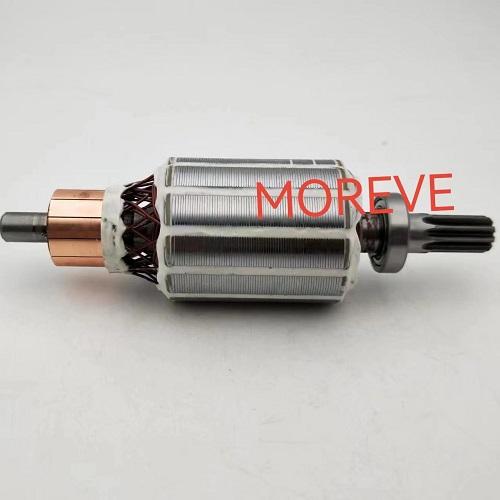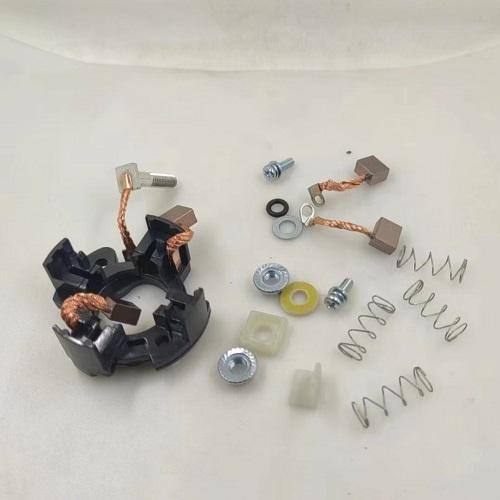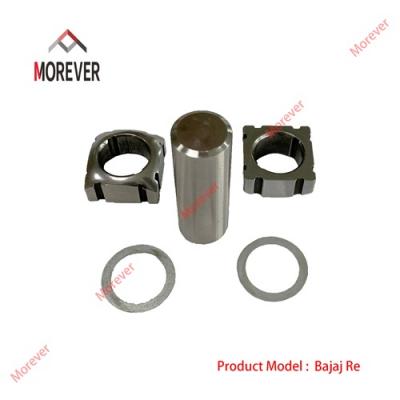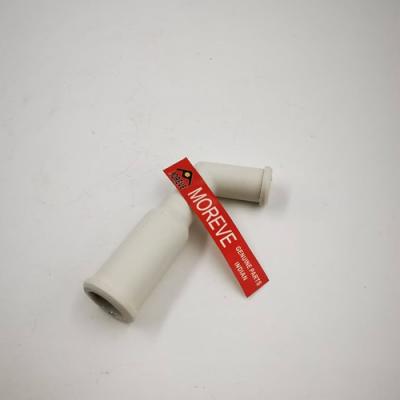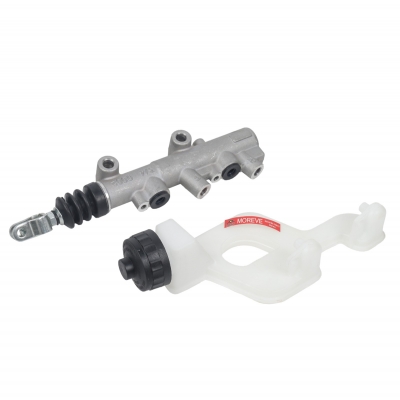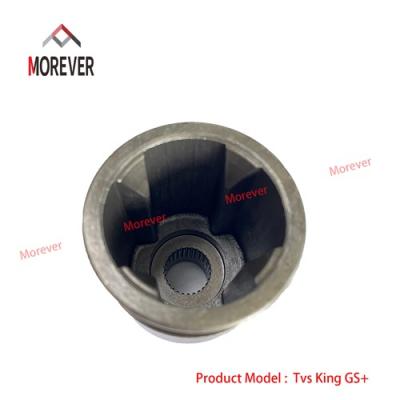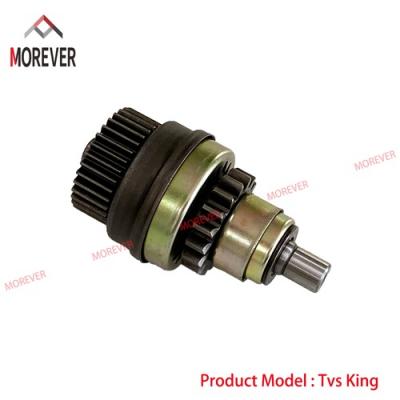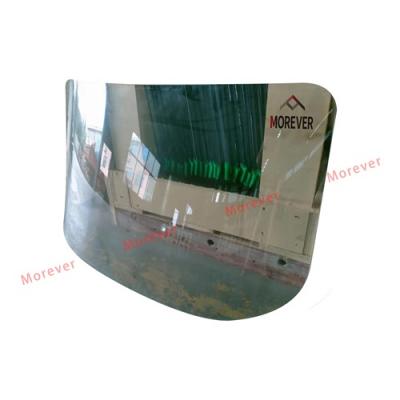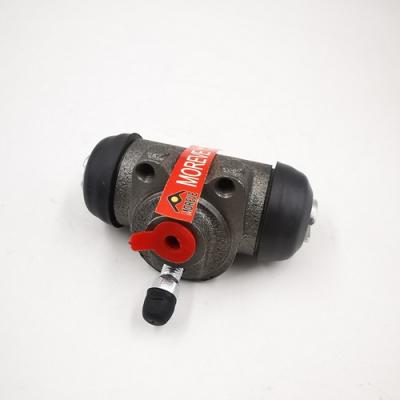Name: Motor Stator(Armature)
Model: Tvs king Gs
Quality: A plus
Guarantee: 3 months
Delivery: 30 days
Quality control of motor stator(Armature)
(1) Stator Core
Function: Made of laminated silicon steel sheets, used for magnetic conductivity and reducing eddy current loss.
Key quality control points:
Material selection: Use silicon steel sheets with low iron loss
Lamination process: Ensure that the silicon steel sheets are tightly laminated to avoid loosening or deformation
Punching fineness: Punching burrs ≤ 0.02mm to prevent short circuit or poor insulation
Annealing (if necessary): Eliminate stress to improve magnetic conductivity, which is important in some cases.
(2) Stator Winding
Function: Generate a rotating magnetic field after power is turned on.
Type: Distributed winding (AC motor), centralized winding (BLDC motor).
Key quality control points:
Wire material: High-purity copper wire or aluminum wire to ensure low resistance and high conductivity.
Insulation level: Use high-temperature resistant insulation materials such as polyester and polyimide, in line with UL or IEC standards.
Winding process: Avoid short circuit between turns and ensure uniform distribution of coils.
Dipping varnish: Improve insulation, heat dissipation and mechanical strength.
(3) Insulation System
Function: Prevent winding short circuit, improve heat resistance and mechanical strength.
Key quality control points:
Slot insulation: slot paper (Nomex, DMD) must be resistant to high temperatures (such as H grade 180℃).
Interphase insulation: Prevent short circuit of different phase windings.
Varnish quality: Check the uniformity of the varnish, no bubbles, no dry varnish.
(4) Stator Housing
Function: Fix the stator core and provide mechanical support.
Key quality control points:
Coaxiality: The coaxiality between the housing stop and the inner circle of the stator core (≤0.05mm).
Heat dissipation design: Check whether the heat dissipation ribs are reasonably distributed (air-cooled/water-cooled motors).
Material strength: Cast iron or aluminum alloy must meet the mechanical strength requirements.
2. Key quality control methods for stators
(1) Dimension accuracy detection
Stator inner diameter roundness (≤0.03mm)
Slot size (to ensure smooth winding embedding)
Core stacking height (tolerance ±0.1mm)
(2) Electrical performance test
High-voltage test (Hi-Pot Test): Detect the insulation strength between the winding and the core (such as 1kV/1min).
Surge Test: Detect whether the insulation between the winding turns is intact.
DC resistance test: Check whether the winding resistance is balanced (three-phase motors must be symmetrical).
(3) Insulation performance test
Insulation resistance test (500V megohmmeter, ≥100MΩ).
Partial discharge test (applicable to high-voltage motors).
(4) Process control
SPC (Statistical Process Control): Monitor key dimensions (such as slot width, core stacking coefficient).
First piece inspection: The first piece of each batch needs full-size inspection.
X-ray inspection (optional): Check whether there are broken wires or bubbles inside the winding.
3. Common quality problems and improvement measures
Quality problem Possible cause Improvement measures
Loose core Stacking is not tight, buckle failure Optimize the stacking process, add buckles or welding
Winding short circuit Insulation damage, poor winding process Strengthen insulation inspection, optimize winding tension
Dielectric breakdown Insulation material defects and pollution Clean production environment, strengthen varnishing process
Uneven air gap Machine base deformation, core eccentricity Improve machine base processing accuracy, correct core coaxiality
4. Future development trend
Automated production: Use robot winding and laser welding of core.
Intelligent detection: AI visual detection of slot shape, automatic optical inspection (AOI) of insulation defects.
New material application: Nano-coating insulation, low iron loss silicon steel sheet.
Conclusion
The quality control of stators involves multiple links such as materials, processes, and testing, and requires the combination of SPC, electrical testing, and strict production management to ensure performance. In the future, the application of intelligent manufacturing and new materials will further improve the reliability and efficiency of stators.
Common problems and solutions of motor stators
1. Core-related issues
(1) Core loosening or deformation
Phenomenon: The motor vibrates loudly and makes abnormal noise during operation, which may even lead to uneven air gap.
Causes:
The silicon steel sheets are not tightly stacked, and the clips or welding fail.
The burrs on the punching sheets are too large, resulting in uneven stress after stacking.
Deformation due to external impact during transportation or assembly.
Solutions:
Optimize the stacking process, add clips or use laser welding to fix.
Control the burrs on the punching sheets (≤0.02mm), and add annealing treatment if necessary.
Strengthen packaging and handling protection to avoid mechanical damage.
(2) Local overheating or burning of the core
External manifestations: The color of the core surface changes significantly or melts locally.
Possible reasons include: The insulating coating of the silicon steel sheet is damaged due to various reasons, resulting in increased eddy current loss. The gap between the stator and the rotor is uneven, resulting in excessive local magnetic density. Long-term overload driving causes core overheating.
Solution:
Check the quality of the insulation coating of the silicon steel sheet (such as C5 or C6 coating).
Adjust the coaxiality of the stator and rotor to ensure uniform air gap.
Optimize the motor design to avoid magnetic circuit saturation.
2. Winding-related problems
(3) Winding short circuit (turn-to-turn, phase-to-phase or ground short circuit)
Phenomenon: The motor current is abnormal, the heat is severe, and even burns out.
Cause:
Insulation layer is damaged during winding (such as enameled wire scratches).
The slot insulation paper is damaged or not fully covered.
Poor varnishing leads to loose winding friction.
Solution:
Strengthen winding process control to avoid wire damage.
Use high-grade slot insulation material (such as Nomex).
Optimize the varnishing process to ensure that the paint liquid is fully penetrated.
(4) Winding short circuit (broken wire)
Phenomenon: The motor cannot start or there is no current in one phase.
Cause:
The wire is excessively bent or poorly welded during winding.
Vibration causes fatigue fracture of wires.
Overcurrent burns out wires.
Solution:
Use automatic winding machines to reduce manual operation errors.
Strengthen end binding to prevent wire breakage caused by vibration.
Optimize protection circuit to prevent overcurrent damage.
(5) Insulation aging or breakdown
Phenomenon: Failure of withstand voltage test and leakage during operation.
Cause:
The insulation material has insufficient heat resistance (such as long-term over-temperature operation).
The environment is humid, oily or chemically corroded.
Insufficient varnishing, air gaps or voids.
Solution:
Use insulation materials with higher heat resistance (such as F or H).
Strengthen motor sealing protection (IP level).
Use vacuum pressure immersion (VPI) process.
3. Assembly and structural problems
(6) Poor fit between stator and base
Phenomenon: The stator is loose or eccentric, resulting in uneven air gaps and increased vibration.
Cause:
The machining accuracy of the machine base is insufficient (the coaxiality of the stopper is out of tolerance).
The uneven force during the stator press-fitting causes deformation.
Solution:
Improve the machining accuracy of the machine base (coaxiality ≤ 0.05mm).
Use hydraulic or shrink-fit technology to assemble the stator.
(7) Loose or falling slot wedges
Phenomenon: The winding is loose and abnormal noise is generated during operation.
Cause:
The slot wedge material strength is insufficient (such as ordinary plastic deformation due to heat).
Not pressed tightly during assembly.
Solution:
Replace high-strength slot wedges (such as glass fiber reinforced epoxy resin).
Add slot wedge anti-loosening structure (such as barb design).
4. Other common problems
(8) Partial discharge (high-voltage motor)
Phenomenon: Micro discharge inside the insulation layer, which leads to insulation degradation over a long period of time.
Cause:
There are air gaps or impurities in the insulation material.
Uneven electric field distribution (such as discharge at the sharp corners of the winding end).
Solution:
Use vacuum impregnation (VPI) to reduce air gap.
Optimize the shape of winding ends and install equalizing rings.
(9) Overheating caused by poor heat dissipation
Phenomenon: Stator temperature rise is too high and insulation ages faster.
Cause:
Unreasonable heat dissipation design of the base (such as blocked air duct).
The thermal conductivity decreases after varnishing.
Solution:
Optimize the heat dissipation structure (such as adding heat dissipation ribs or forced air cooling).
Use high thermal conductivity insulating varnish.
5. Summary and preventive measures
Problem type Key preventive measures
Core problem Control the lamination process, annealing treatment, and anti-deformation packaging.
Winding problem Optimize winding process, strengthen insulation detection, and vacuum varnishing.
Assembly problem Improve base processing accuracy and use anti-loosening slot wedges.
Heat dissipation/discharge problem Optimize heat dissipation design and local discharge detection (high-voltage motor).
Future trend:
Intelligent detection: AI+machine vision automatically identifies winding defects.
New material application: nano-insulation coating, low-loss silicon steel sheet.
Green manufacturing: solvent-free insulation paint, recyclable stator material.
Distributor comments
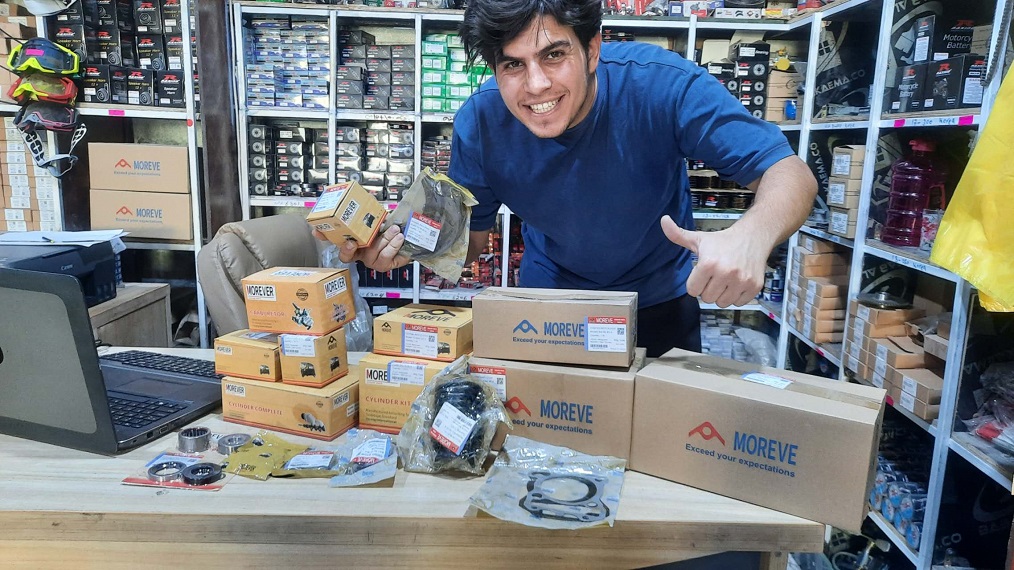
Our Warehouse and Office




